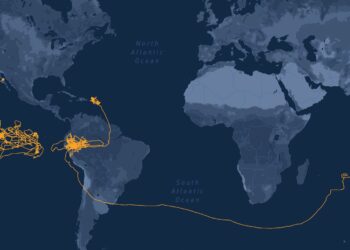The Phoenician alphabet is the oldest is the oldest verified consonantal alphabet; consonants are sounds articulated with complete or partial closure of the vocal tract. Phoenicians were an enterprising maritime trading culture that spread across the Mediterranean from 1550 BC to 300 BC.
The next step in the evolution of the alphabet is the Greek alphabet – the modern Greek alphabet still exists today, with some changes. The classical Latin alphabet, also known as the Roman alphabet, evolved quickly afterwards – the Romans were pretty bent on copying the Greeks in that period. During the Middle Ages, the Latin alphabet was adapted to Romance languages, direct descendants of Latin (French, Italian, Spanish, Portuguese, Romanian), but also Celtic, Germanic, Baltic, and some Slavic languages. With the age of colonialism and Christian evangelism, the Latin script was spread overseas, and applied to indigenous American, Australian, Austronesian, Austroasiatic, and African languages.
Nowadays, many European languages have added other letter to the alphabet. The Scandinavian countries have their own special “O”, while Turkish, Romainan and Slovenian have other, additional letters.
There is another common alphabet in Europe, the Cyrillic alphabet, used by Russia and most slavic countries (Ukraine, Serbia, Bulgaria, Belarus etc). The alphabet is based on the Early Cyrillic, which was developed in the First Bulgarian Empire during the 9th century AD, and was derived from the Greek alphabet, to which it shares many similarities.




